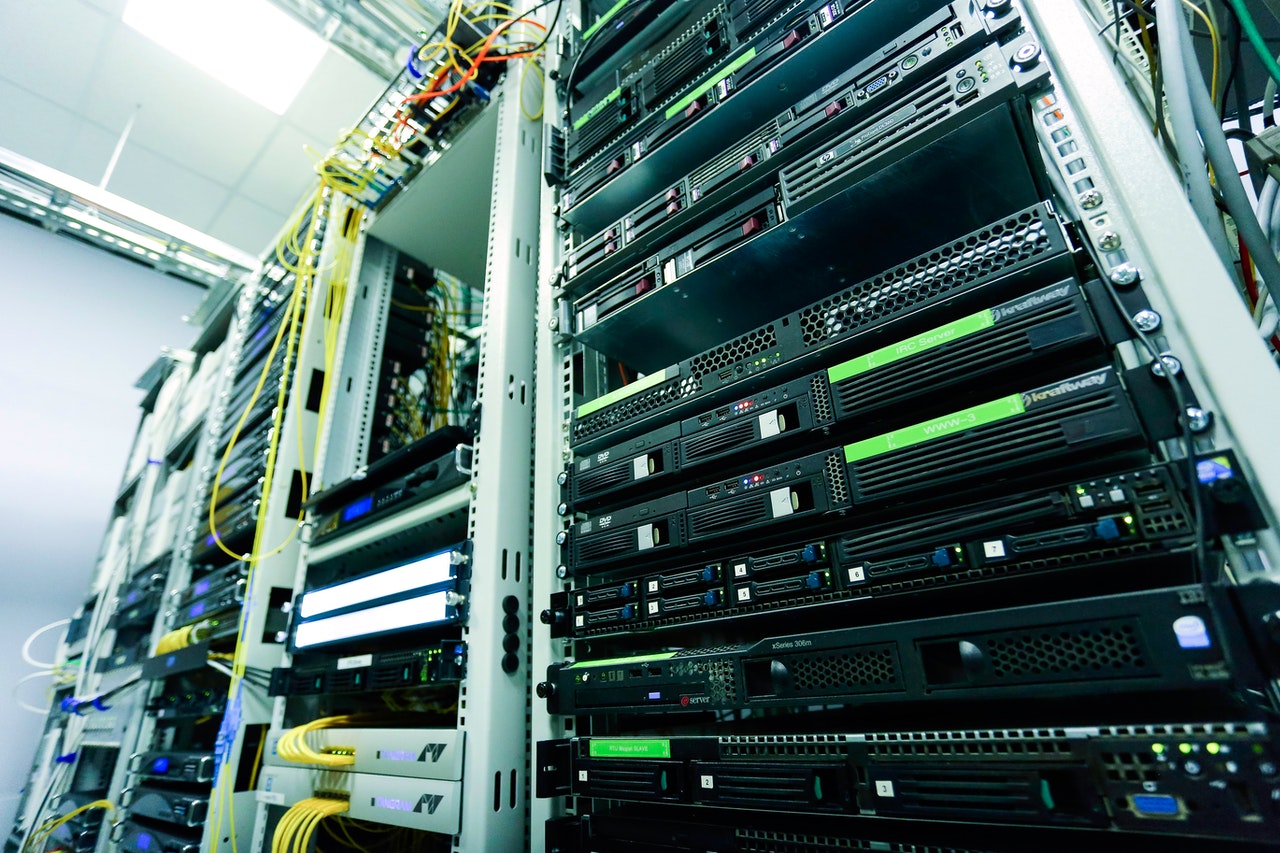Networks are frameworks that help you thrive both personally and professionally when using the internet. In today’s digital marketplace, it’s nearly impossible to carry out tasks and data management without a strong network.
But did you know that there are multiple ways to set up, manage, and change your network to suit your exact streaming or storage needs? A network switch is just one method for customizing your network so that it functions with enough speed and connectivity to power your everyday work.
In this post, we’ll explore what a network switch is, how it’s different from a standard router, and what you can use if you want an alternative.
What is a Network Switch?
A network switch is a large, physical box that helps connect technological devices within the same network. Most residential spaces don’t require a network switch, since modern WiFi is strong and reliable enough to power normal tasks.
Network switches are more beneficial in corporate settings, where multiple users require extra power for many devices on the same network. A network switch most often operates within a local area network (LAN) as it forwards data to specific devices or computers.
Additionally, a network switch is beneficial for settings that require several Ethernet ports. Using a switch expands the number of devices you can use in a single place, particularly when there is a need to hardwire each device.
Switches vs. Routers—What’s the Difference?
Network switches are designed to connect multiple devices over a network, but routers are able to connect multiple networks together.
Routers work by choosing pathways to send and receive data across a network. Each router forwards data from one network to the next, allowing users to capitalize on everything that the internet has to offer in terms of connectivity.
In contrast, a network switch only sends data to one place (usually in the form of another switch or device). In this way, the switch consolidates data and directs traffic to one location or destination, which can be hardwired to improve speed and accuracy.
When Do You Need a Network Switch?
You may need a network switch if you are looking to build or construct a more reliable network. Switches are just one of the many building blocks you should consider if you want to maximize speed, power, ease of use, and security.
You will need a network switch in any of the following situations:
-
You’re planning to build a network using physical Ethernet cables or wiring
-
You need to remove the burden or load from your primary wireless router
-
You regularly use high-powered streaming services
-
You need a reliable way to stream or play 4K video
-
You want to connect separate devices by using a physical connection

